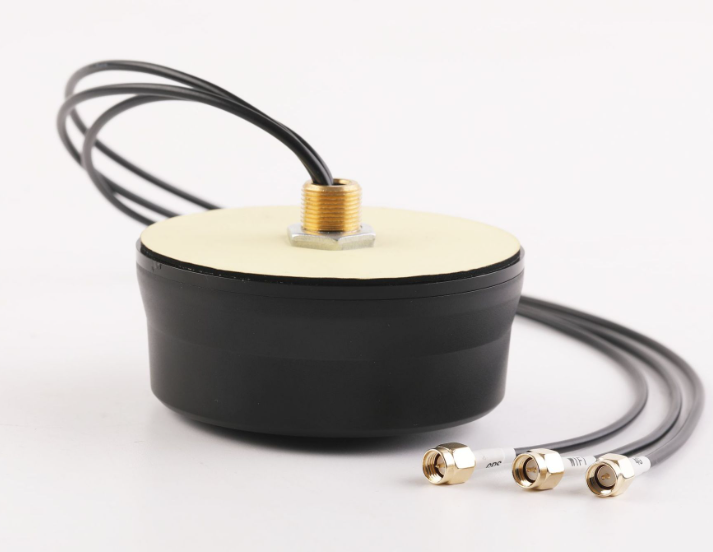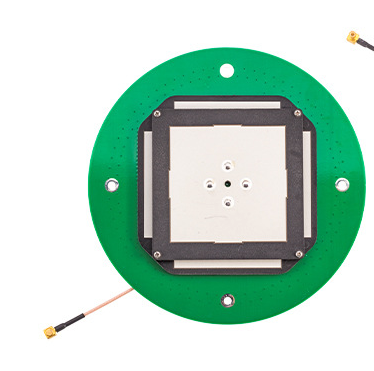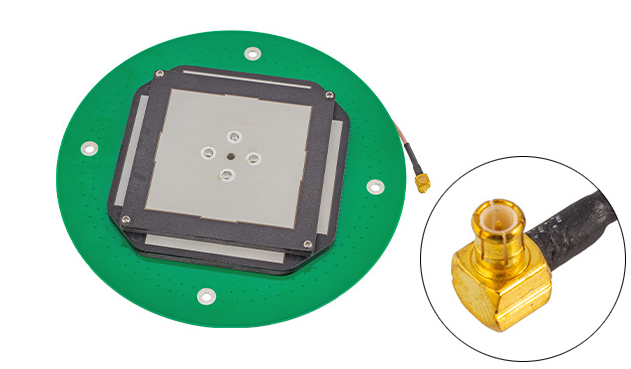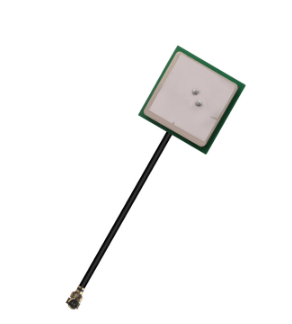Gps antenna placement
Introduction to the directory of this article:
GPS Antenna placement: an important Factor affecting Positioning accuracy
With the wide application of Global Positioning system (GPS) technology, the placement of GPS antennas has been paid more and more attention. The placement of GPS antennas has an important impact on the quality of received signals, positioning accuracy and system performance. This paper will discuss the key factors of GPS antenna placement and describe its applications in different fields.

Basic principles for the placement of GPS antennas
1. Principle of height: GPS antennas should be placed in a relatively high and barrier-free position in order to better receive GPS signals.
2. The principle of wide field of vision: make sure that there is no cover around the GPS antenna, such as trees, buildings, etc., in order to ensure the reception quality of the signal.
3. Principle of keeping away from interference sources: avoid placing GPS antennas in areas with strong electromagnetic interference, such as high-voltage power lines, radio communication equipment, etc.
Specific points for the placement of GPS antennas
1. Azimuth selection: according to the actual demand, choose the appropriate azimuth to place the GPS antenna to maximize the reception of satellite signals.
2. Tilt angle adjustment: properly adjust the tilt angle of the GPS antenna to improve the signal reception quality.
3. Grounding treatment: in order to ensure the stability of signal transmission, the GPS antenna should be well grounded.
4. Protective measures: according to the use environment, take protective measures such as waterproof, dustproof and lightning protection to ensure the normal operation of the GPS antenna.
Practical Application of GPS Antenna Placement
1. Vehicle GPS system: when the GPS antenna is installed on the vehicle, it should be stably fixed on the top of the vehicle, and the appropriate tilt angle should be adjusted to better receive the signal.
2. Aerospace: in aircraft, satellites and other aerospace vehicles, the placement of GPS antennas should fully consider the equipment size, structure layout and signal reception quality and other factors.
3. Marine fishery: in the fishery field, the GPS antenna should be placed in the higher part of the ship to avoid the impact of water surface reflection on signal reception.
4. Surveying and mapping engineering: in surveying and mapping engineering, in order to ensure the measurement accuracy, the GPS antenna should be placed in a stable and unshielded position.
Matters needing attention for the placement of GPS antennas in different environments
1. Outdoor environment: when placing GPS antenna in outdoor environment, we should pay attention to the influence of weather conditions, topography and surrounding buildings on signal reception.
2. Indoor environment: in the indoor environment, due to the problems of multipath effect and signal occlusion, corresponding measures need to be taken, such as using high-gain antenna, expanding antenna area, etc., in order to improve the signal reception quality.
3. Harsh environment: in harsh environment, such as mountain area, forest, desert and other places, it is necessary to select high-performance GPS antenna and adjust its position reasonably to ensure the stable reception of the signal.
Suggestions for optimizing the placement of GPS antennas
1. Adopt high-performance antenna: select high-quality and high-performance GPS antenna to improve signal receiving quality and positioning accuracy.
2. Reasonable location: according to the actual demand and use environment, choose the location of GPS antenna reasonably.
3. Strengthen maintenance: check and maintain the GPS antenna regularly to make sure it is in good condition.
4. optimize with other navigation systems: consider combining with other navigation systems (such as Beidou navigation, Galileo navigation, etc.) to improve positioning accuracy and reliability.
The placement of GPS antenna is an important factor affecting the positioning accuracy of GPS system. In practical application, we should follow the placement principle, pay attention to the specific points, and optimize according to the actual demand and use environment. By reasonably selecting high-performance antenna, adjusting position, strengthening maintenance and other measures, we can improve the signal receiving quality and positioning accuracy of GPS system, and provide strong support for applications in various fields.
Prospect
With the continuous development of global positioning system technology, GPS antenna placement technology will face more challenges and opportunities. It is necessary to further strengthen research and explore more optimized placement methods and technologies to meet the needs of different fields. With the continuous development of other navigation systems, how to combine multiple systems for cooperative positioning will also become a research hotspot in the future. GPS antenna placement technology will continue to improve and innovate in practical application. Make greater contribution to the development of global positioning system.





